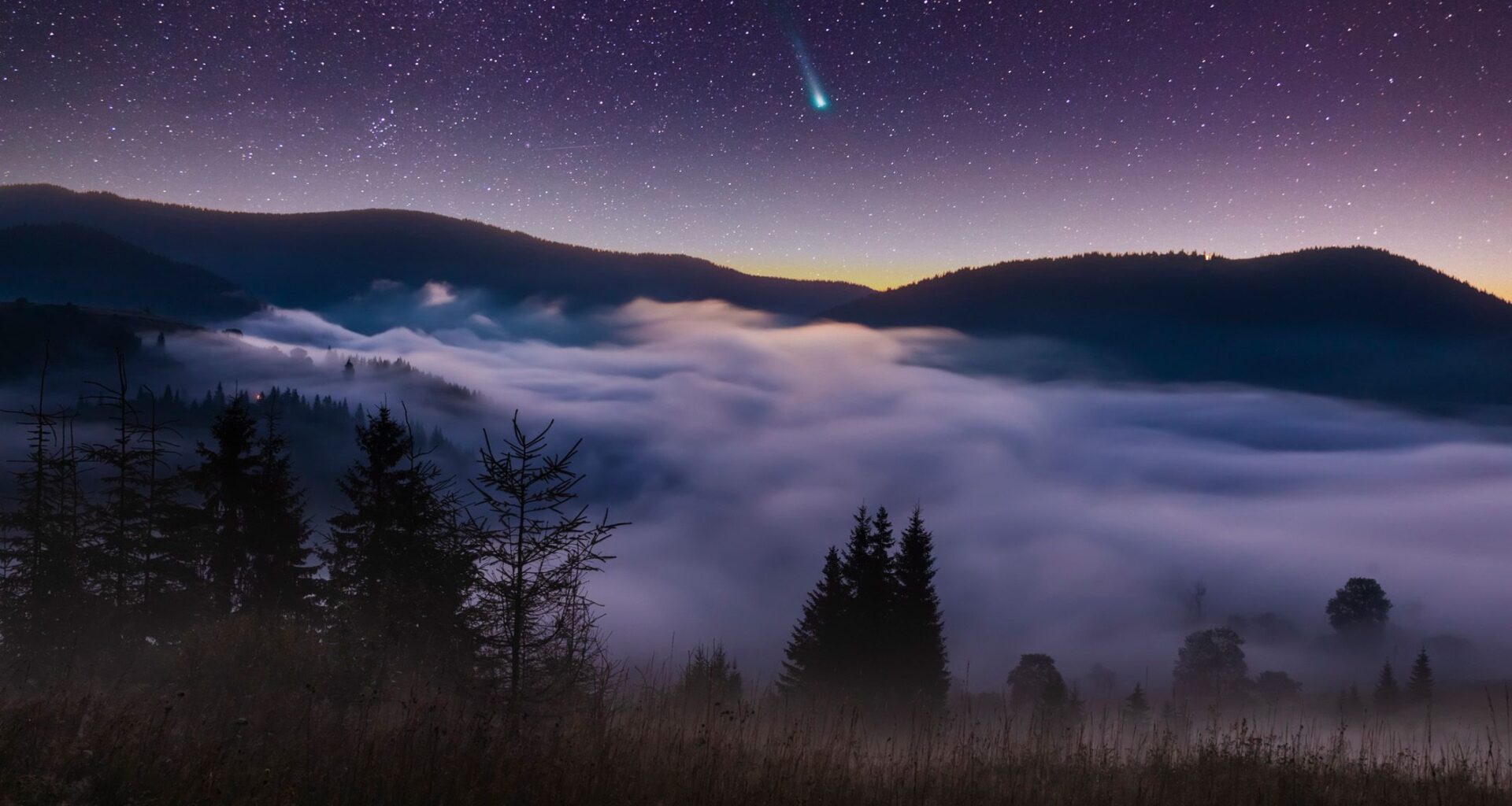If you’ve been looking for an excuse to dust off your camera, two upcoming comets provide the perfect opportunity. First, comet Lemmon will be at its most visible between October 13-23 and could be as bright as Magnitude 4, meaning there’s a chance it could be visible with the naked eye. October 21 will be the ideal night to see it, thanks to the new moon, and you might even catch the Orionids meteor shower, too.
Then, the first half of November and will be the ideal time to take long exposures of comet 3I/ATLAS — although at a predicted Magnitude 10, you’ll still need a camera, binoculars or telescope to be able to see it.
Photographing a comet isn’t so different from shooting the moon or a meteor shower, but it’s far more thrilling, since comets are often once-in-a-lifetime sights — comet Lemmon won’t be around again for another 1,150 years! We’ll be going through what gear you’ll need to capture the comets and recommending our favorite models for all budgets, plus what settings to use and composition tips to get the best shots possible.
You may like
What you’ll need
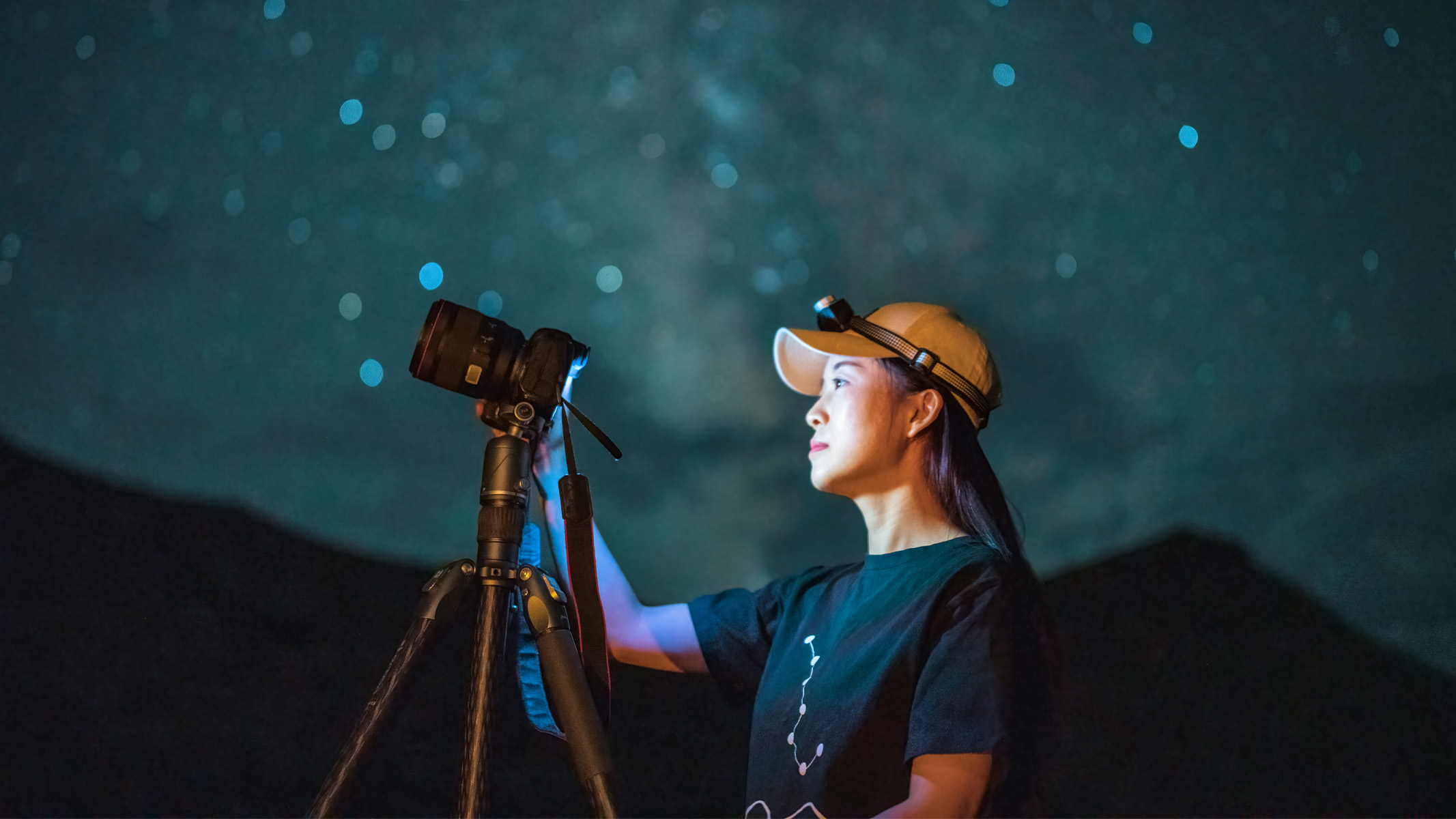
A camera, lens and tripod are the bare necessities for photographing a comet. (Image credit: Getty)Which camera should I buy?
Technically, any camera can do the job if you know what settings to use. That said, some are better suited to astrophotography than others. Some high-end cameras — like our favorite astrophotography camera, the Nikon Z8 — have a dedicated astrophotography mode designed for low-light shooting, with other models like the Sony A7 IV boosting the brightness of the monitor to help with composing your shot in the dark. We also love the OM System OM-1 Mark II for comets and meteor showers specifically, where Live Composite really comes into its own for long exposures.
The two most important factors you need to have in a camera are good noise handling (which, annoyingly, is something you can only really find out from actually using it), and enough controls on the body to adjust the aperture, shutter speed and ISO independently to avoid having to dive into the menus. This is a small but useful thing to have, as it makes manual shooting ten times easier when you’re out in the field and need to make adjustments. Most full-frame models have enough physical controls to make manual shooting much easier when you’re out in the field, but it’s something to be aware of if you’re buying a beginner astrophotography camera.
Most newer cameras have in-built intervalometers to shoot multiple exposures without having to press the shutter continuously, but if you’re using an older camera or a DSLR, a separate intervalometer or shutter release remote is also a handy accessory to have.
Some of our favorite astro cameras
Which lens is best for photographing comets?
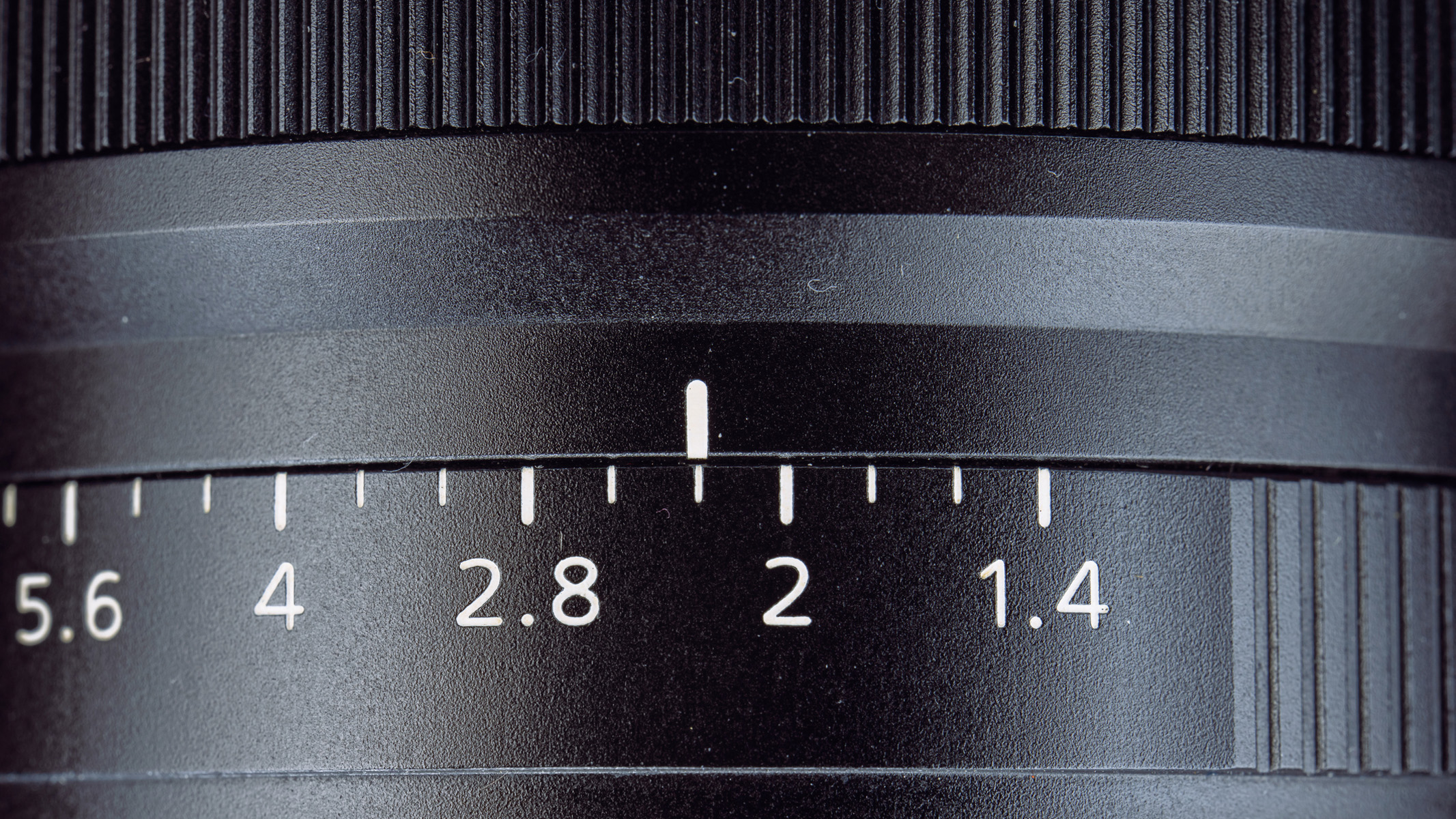
A lens with a wide aperture is best for astrophotography. (Image credit: Getty Images)
The best astrophotography lenses are those that let in plenty of light, and two features that make this possible are a wide focal length (around 20mm and wider is ideal) and a wide (or fast) aperture of around f/2.8 or faster. Most astro lenses are prime lenses, but wide-angle zooms will also work (provided they have a wide aperture) and open up more composition possibilities with the ability to zoom in and out. Plus, because of the 500 rule — which determines how long you can expose before stars start to trail — a wider focal length lets you use longer shutter speeds.
Some of our favorite astro lenses
Tripod
As astrophotography requires long exposures, it’s not possible to do this handheld, so a sturdy tripod is required. You don’t need to spend a fortune, but if you can afford to invest in a good quality tripod, it’ll last you longer and be constructed from sturdier and more rugged materials. We loved the Benro Mach3 when we reviewed it.
Photography accessories that make comet photography easier
There are plenty of useful accessories that make photographing comets easier, which can also be utilized for other styles of photography. A good headlamp with a red light will preserve your night vision and help navigate remote trails, and a power bank ensures your electronics don’t run out of juice.
Some of our favorite tripods
How to find the comet
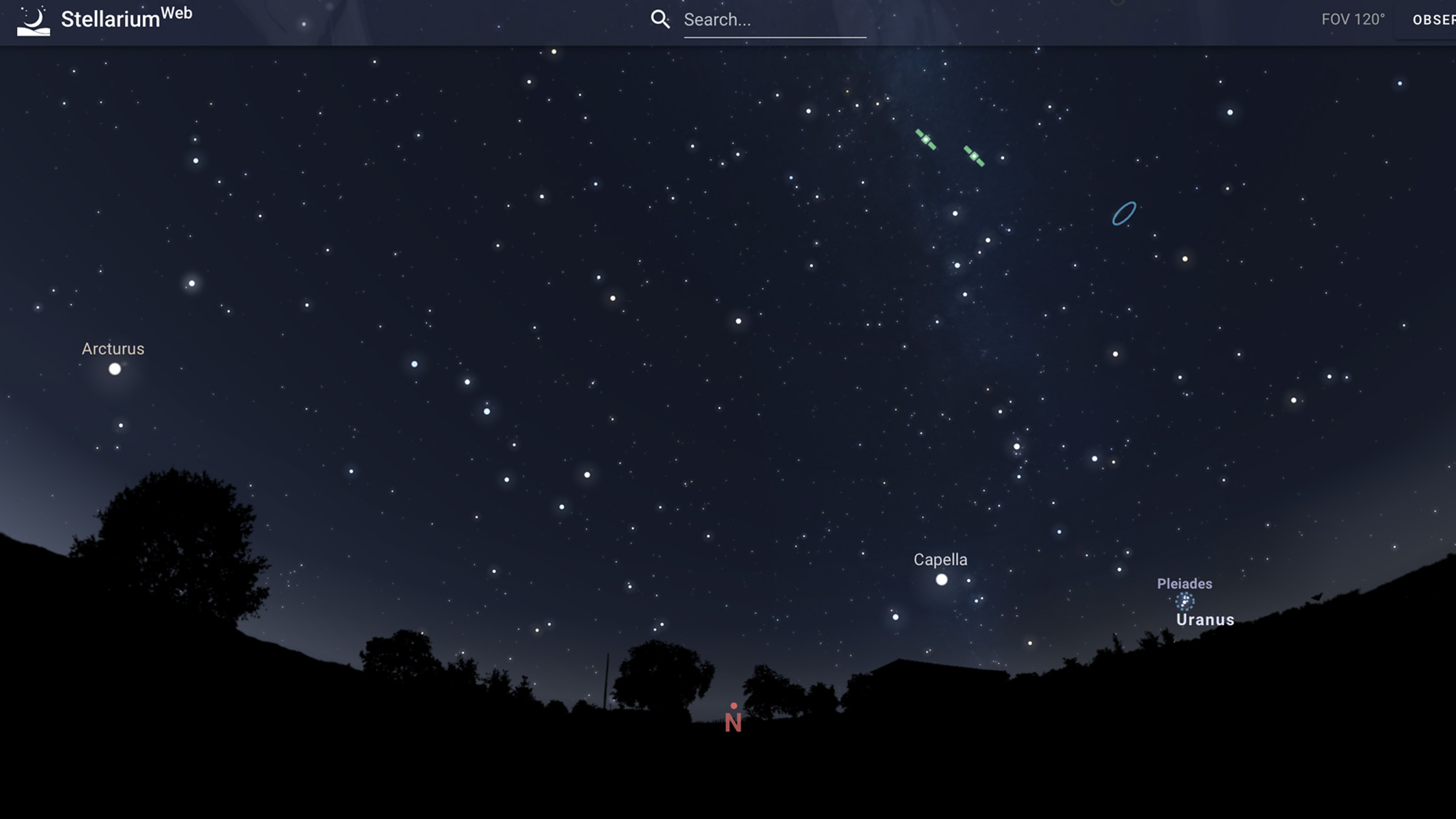
You can use astronomy apps to locate specific objects. (Image credit: Stellarium)
Each comet appears in a different part of the sky depending on your location, its trajectory and how far it has traveled, so astronomy apps are incredibly useful for locating your subject. There are plenty available, and you can search for your subject and the app will show you when and where to look.
You may like
Stellarium is a favorite of ours, but Sky Safari and Star Walk are also excellent choices. It’s also a good idea to check light pollution maps to find a dark spot away from city lights.
Camera settings
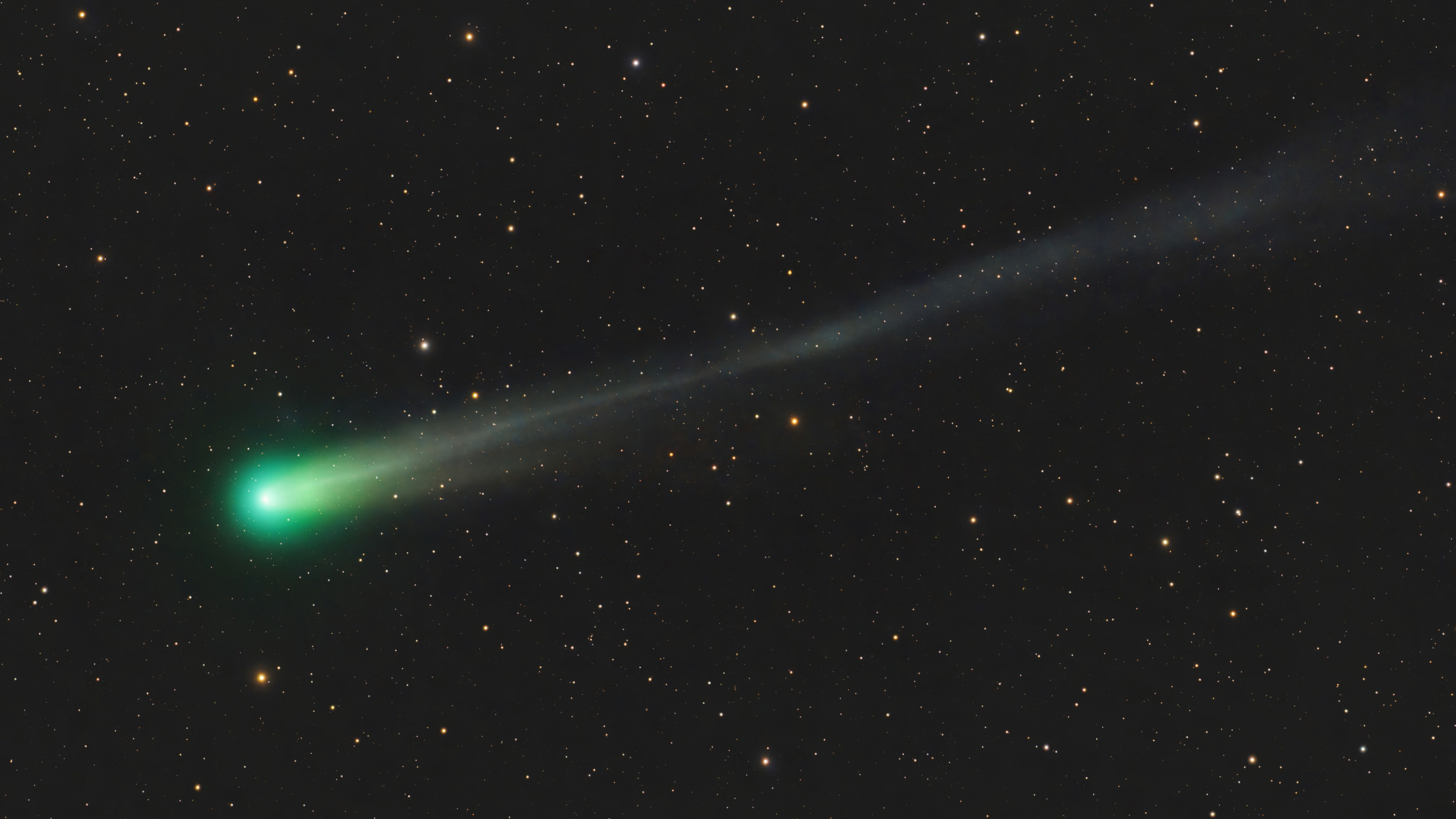
Photographing a comet uses similar setting to other types of astrophotography. (Image credit: Javier Zayas Photography via Getty Images)
Shooting a comet is very similar to most other types of astrophotography, which is great news if you already know what you’re doing. Shoot in manual mode so you can adjust all your settings yourself, and you’ll need to set your lens to manual focus. Set your aperture to as wide as it can go in order to let the most light in, and divide 500 by your lens’ focal length to determine the best shutter speed to prevent unwanted star trails.
Your ISO should be somewhere between 800 and 3,200, depending on the brightness of the comet and the amount of light pollution or ambient light. Start around ISO 800 and increase gradually — it’s better to take a few test shots than risk too much noise. Finally, you want to make sure you’re shooting in RAW so you can process the images afterward to bring the most out of them without destroying the original file.
Composition tips
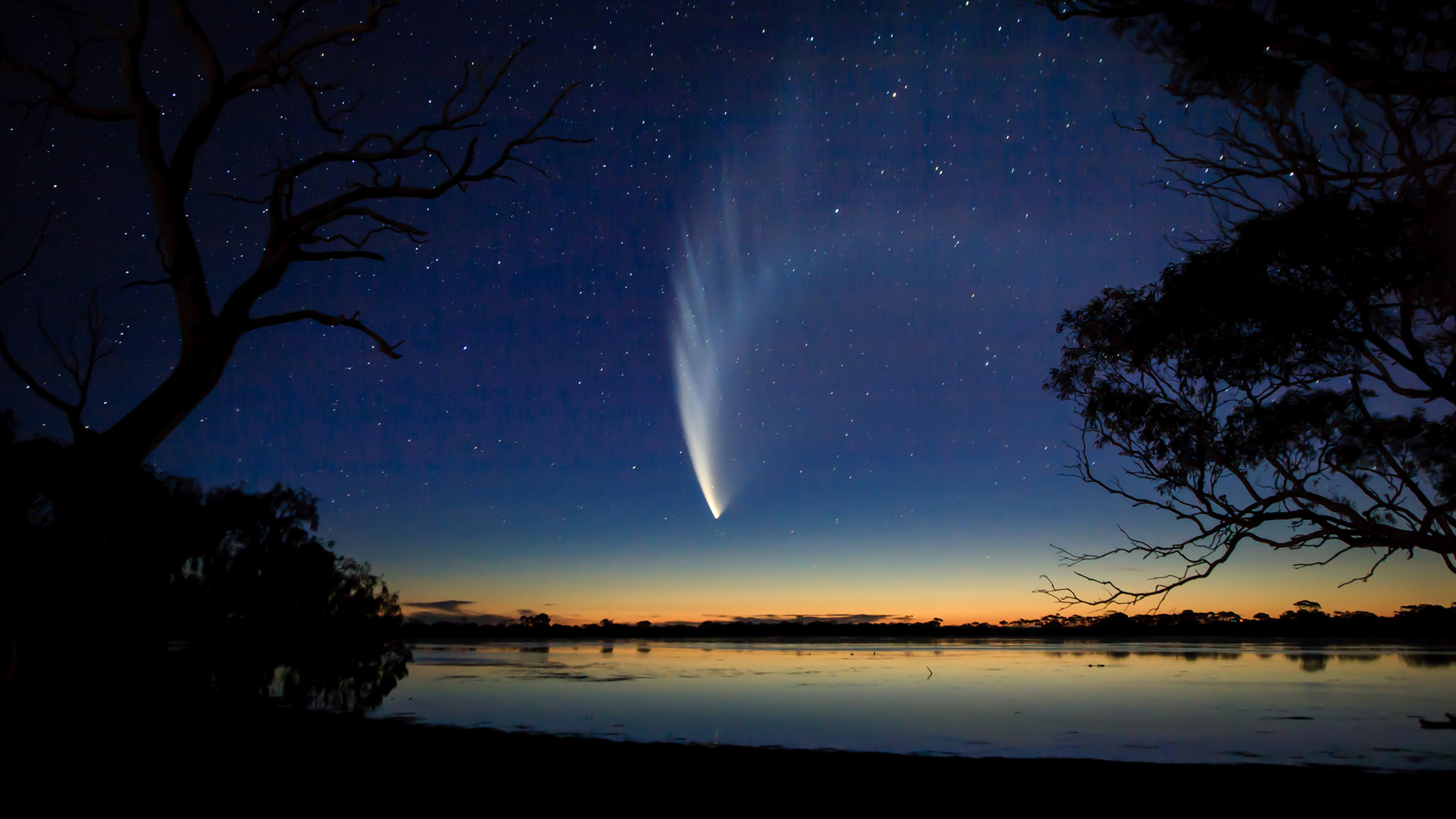
Framing the comet and providing foreground elements give a sense of scale and context. (Image credit: John White Photos via Getty Images)
To give your comet photos a sense of place and scale, include a foreground element. This can be anything — a mountain, a tree, bridge or a landmark works beautifully. Try to capture the coma (head) of the comet as well as the tail, and you can also experiment with time-lapse photography or shooting multiple calibration frames to stack them together afterward.
Watching without a camera

Binoculars are a great way to observe a comet that can’t be seen with the naked eye. (Image credit: Kimberley Lane)Are binoculars good enough to view a comet?
Binoculars aren’t a must-have for astrophotography, but they’re incredibly handy for spotting a comet that’s too faint to see with the naked eye. With a pair of the best stargazing binoculars, you can spot the comet and compose your shot around it, rather than having to rely on trial and error. Plus, you can spend time enjoying the view for the 20-or-so seconds your camera is taking the photo.
If you want to use binoculars handheld, go for 8×42, 10×42 or 10×50. If you have a second tripod, you can power up to a 12x,15x or even 20x magnification. Or, if you really want to invest, image stabilization is surprisingly effective for stargazing, but the best image-stabilized binoculars don’t come cheap.
Some of our favorite binoculars
What sort of telescope do I need to view comets?
If you’d like an even closer look, a telescope is a fantastic tool. A small telescope with an alt-azimuth mount will be the easiest option for beginners, while a telescope with a bigger aperture and EQ mount will suit more experienced users. If you’re more confident with telescopes, you could even mount your camera to it using an adapter to take even better astrophotos.
Some of our favorite telescopes
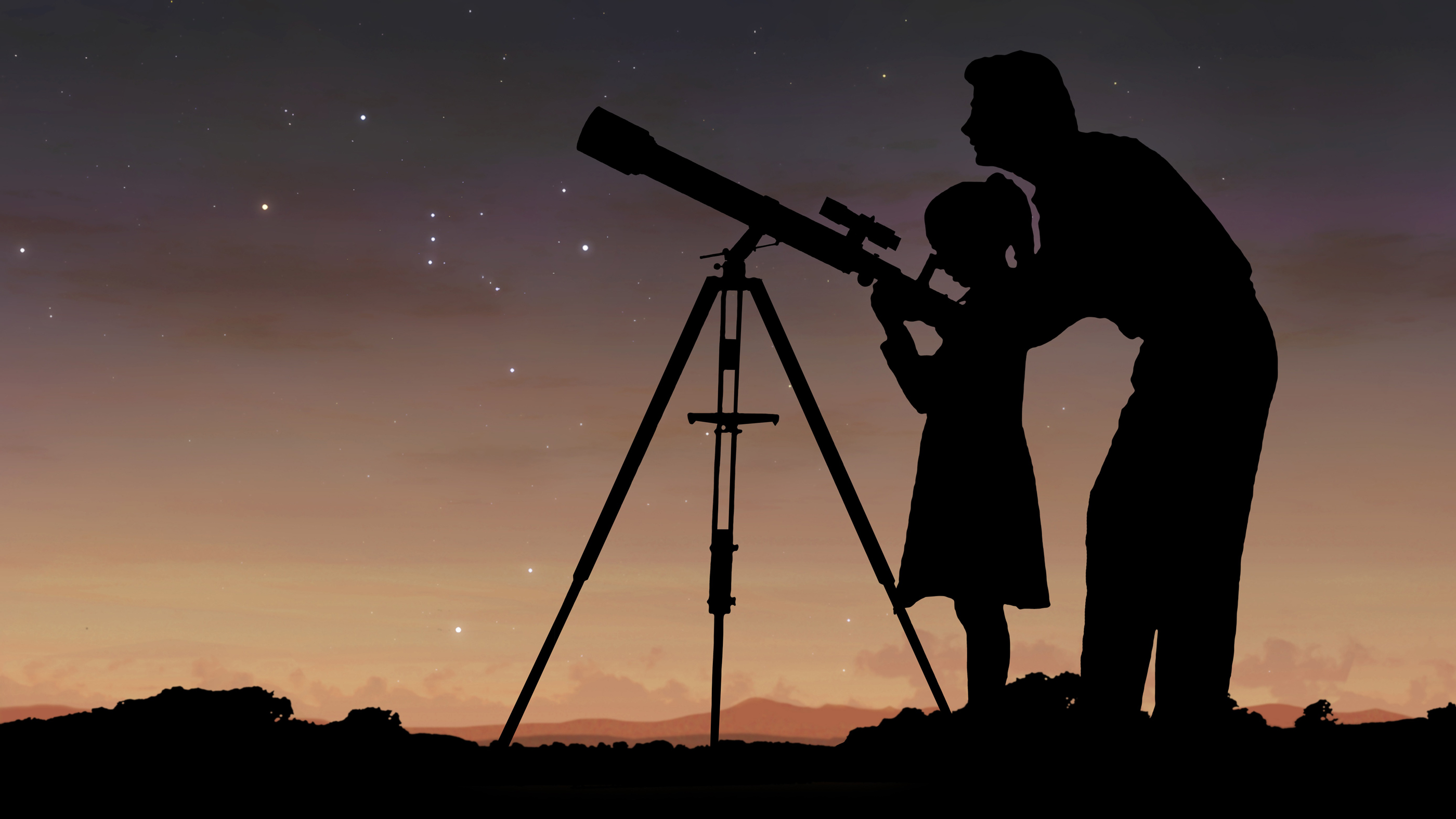
Telescopes are a fantastic tool for viewing comets. (Image credit: MARK GARLICK/SCIENCE PHOTO LIBRARY via Getty Images)
Comets don’t come around often, but when they do, they offer a rare chance to capture something truly spectacular. With the right preparation and a bit of patience, you’ll be ready to make the most of the next one that streaks across our skies.
Recommended products

